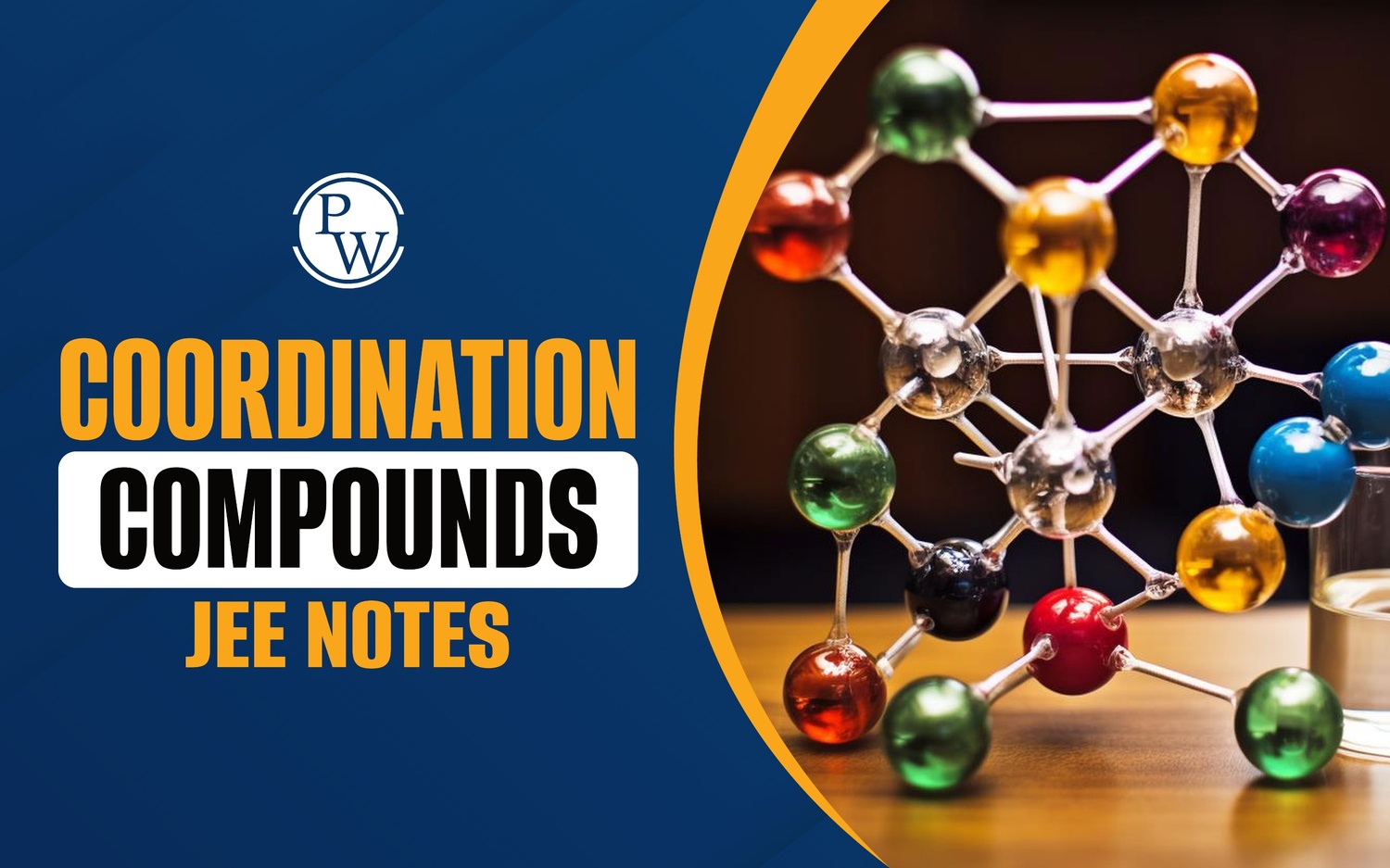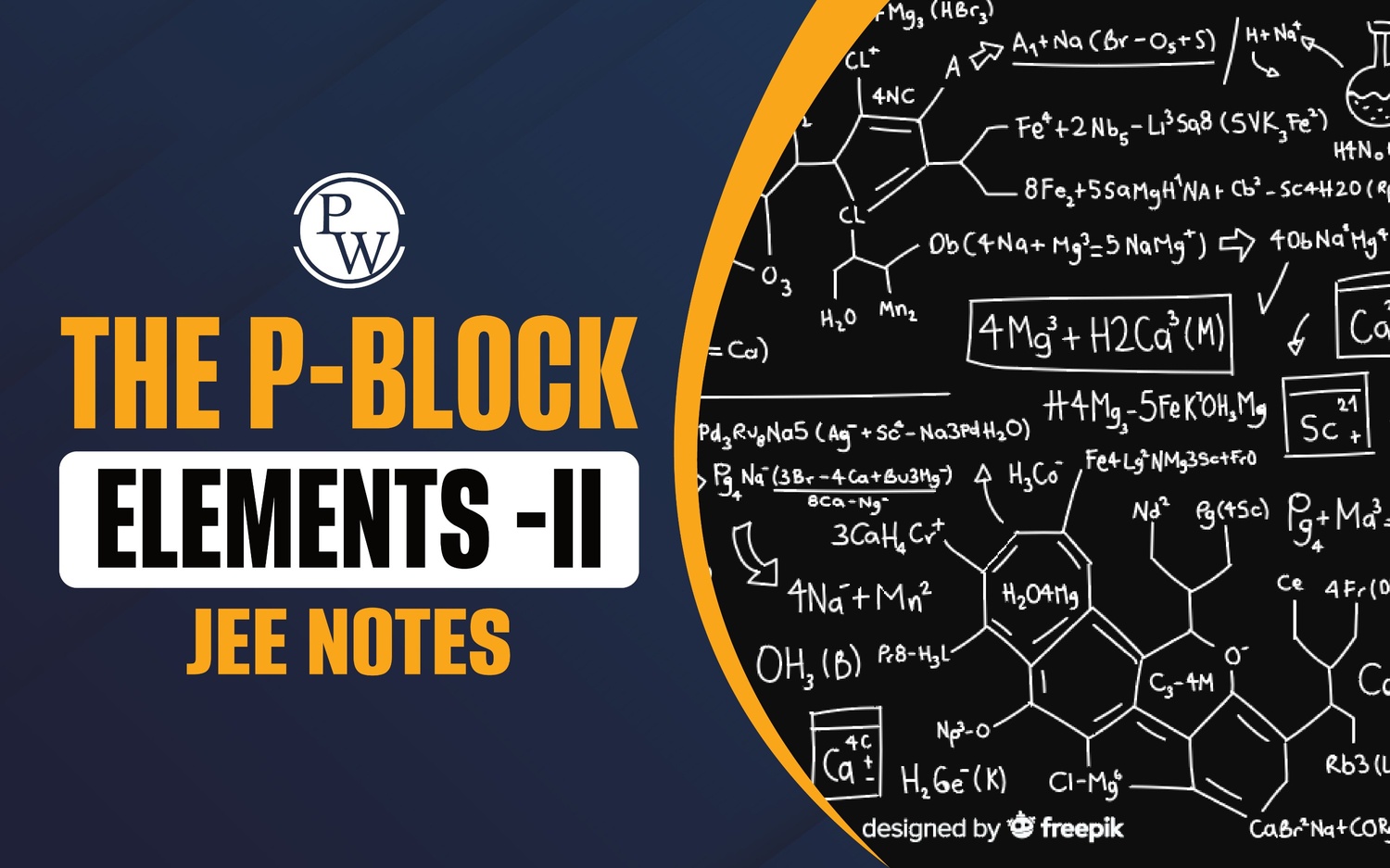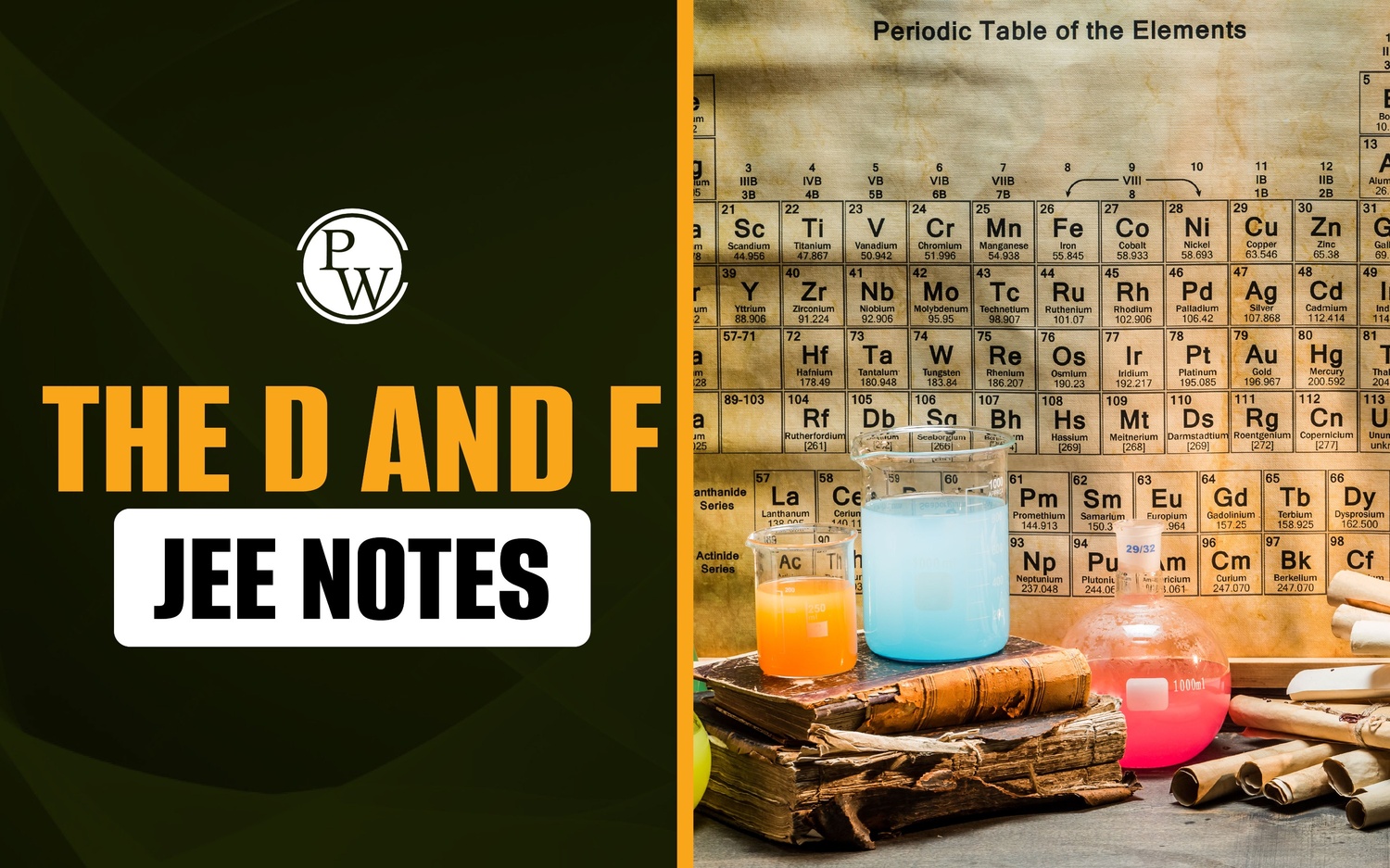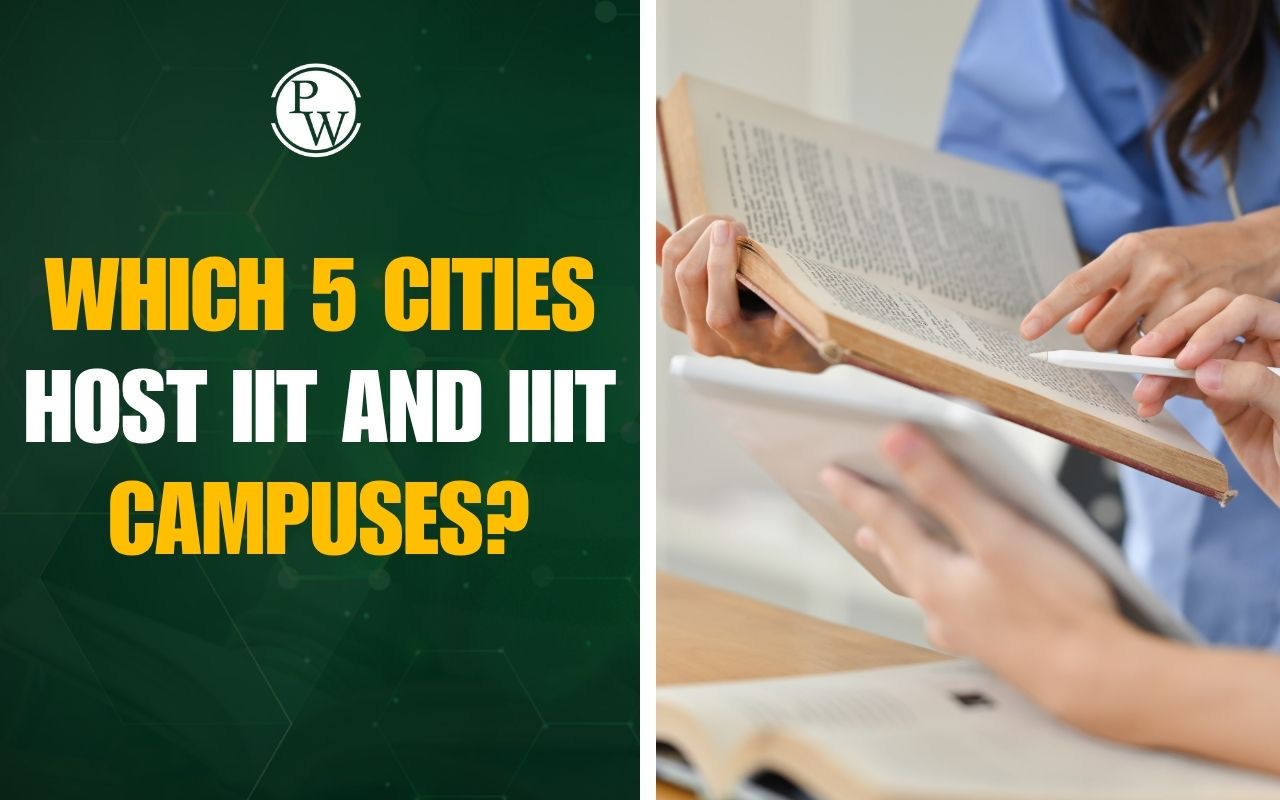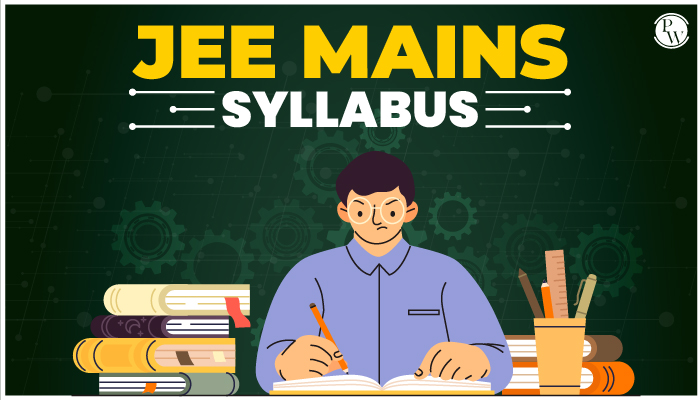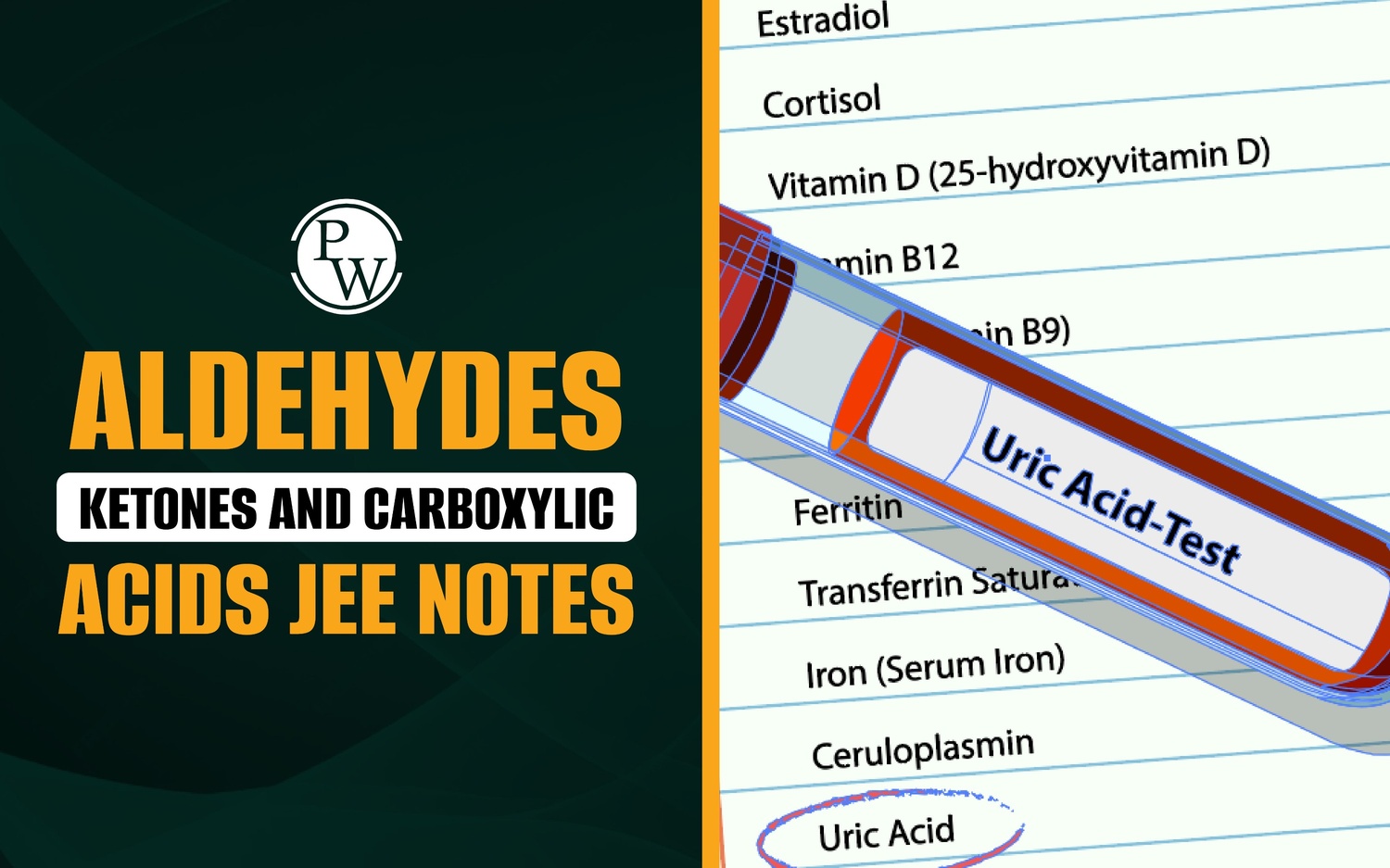
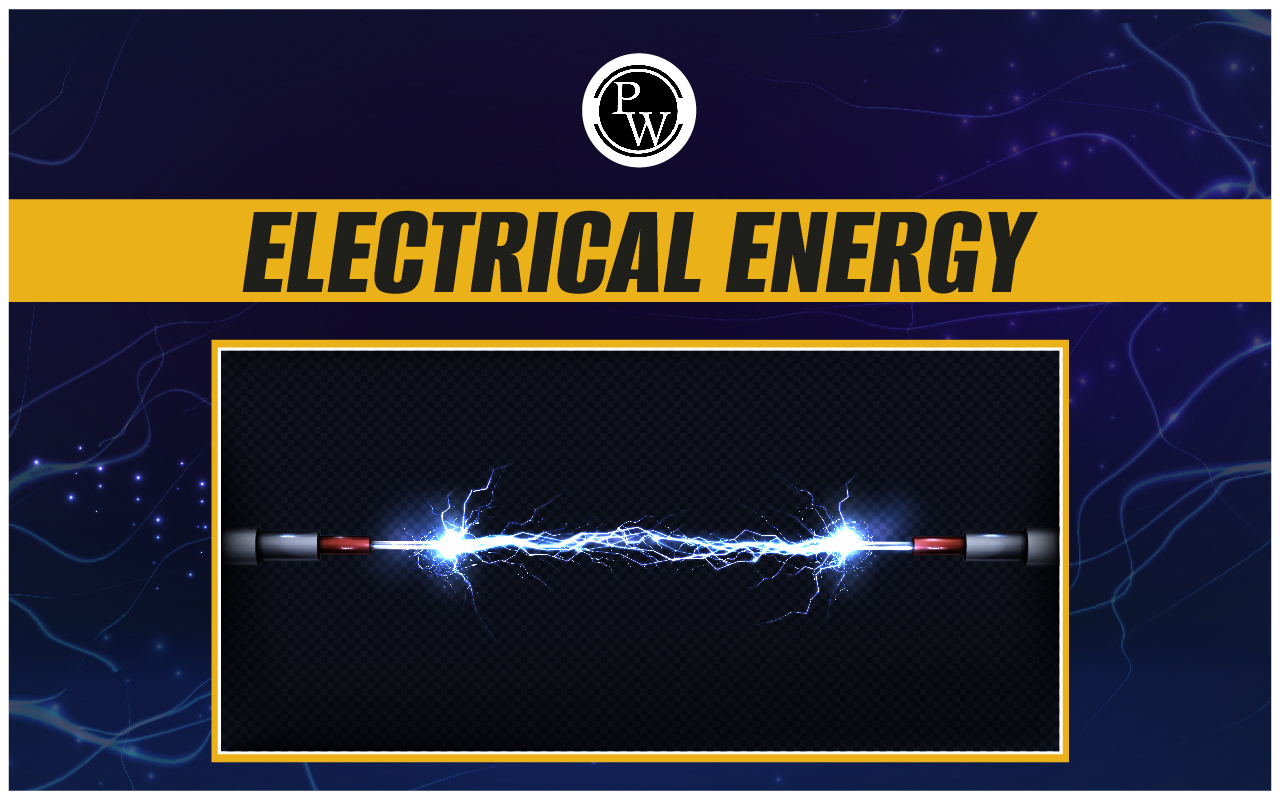
Electrical Energy : We have many electrical appliances in our house. We need electrical energy to run those appliances. How much energy are we consuming for them? And in what unit do we measure it? In this article, we will discuss the heating effects of electric current, consumption of electric energy, and electric power.
Heating Effects Of Electric Current
Heating Effects Of Electric Current : Joule’s law of heating states that, when a current ‘I’ passes through a conductor of resistance ‘ R ’ for time ‘ t ’ then the heat developed in the conductor is equal to the product of the square of current, the resistance and time.
i.e., H = I 2 Rt
Electrical Energy
Electrical Energy : Also, when a potential difference V is applied between the ends of a resistance, an electric field will act on the free electrons. The work done by the electric field on the free electrons in time t is
Therefore, electrical energy consumed in circuit is
SI unit of electrical energy is Joule ( J )
Consumption Of Electrical Energy
The consumption of electrical energy is measured in the unit of kilowatt hour (kWh).
1 kWh = 1000 W × 3600 s = 3.6 × 10 6 J
Fuse Wire
Fuse Wire :
The materials used for making fuse wire should have high resistance and very low melting point. The fuse wire will melt once the current exceeds a limit. If I is the current passing through the fuse wire of radius
r
, then
Electrical Power
Electrical Power :
The rate at which work done in maintaining the current in an electric circuit is called electric power. Electric power is given by
The SI unit of electric power in Watt (W).
Bulbs Connected In Series:
Bulbs Connected In Series : Consider ‘ n ’ number of bulbs are connected in series. Then the current through each bulb will be same. So the power of the bulb will be directly proportional to the resistance of the bulb.
If P 1 , P 2 , P 3 , ……… P n are the power consumed by each bulb, then the effective power is
i.e., effective power is less than the power of individual of bulbs.
If the resistance of all the bulbs are equal (
R
) and connected in series with a voltage source
V
, the power dissipated will be
Bulbs Connected In Parallel
Bulbs Connected In Parallel : Consider ‘ n’ bulbs are connected in parallel. Then the current through each bulb will be inversely proportional to resistance.
and
So, the current and power consumption will be more in smaller resistance.
If P 1 , P 2 , P 3 , ……… P n are the power consumed by each bulb, then effective power is
P = P 1 + P 2 + P 3 + ……… P n
i.e., effective power is more than the power of individual bulbs.
If the resistance of all the bulbs are same and connected in parallel with a voltage source
V
, the power dissipated will be
We know,
That means power consumed by n equal resistance in parallel is n 2 times that the power consumed in series if voltage remains same.
Electrical Energy Example
Electrical Energy Example 1 : Two electric lamps A and B having power 200 watt and 100 watt respectively are rated on the same voltage. The ratio of resistance of lamp A to that of B is _________.
A. 1 : 2 B. 2 : 1
C. 1 : 4 D. 4 : 1
Sol.
Electrical Energy Example 2 : Two bulbs one of 200 volts 60 watts & the other of 200 volts, 100 watts are connected in series to a 200 volts supply. The power consumed will be ______.
A. 37.5 watt B. 160 watt
C. 62.5 watt D. 110 watt
Sol.
= 37.5 watt
Example 3: An electric heater and an electric bulb are rated 500 W, 220 V and 100 W, 220 V respectively. Both are connected in series to a 220 V a.c. mains. Calculate power consumed by (i) heater (ii) bulb.
Sol.
or
For heater, Resistance,
For bulb resistance
Current in the circuit when both are connected in series
A
(i) Power consumed by heater
W
(ii) Power consumed
W
Electrical Energy FAQs
Q.1 : State Joule’s law of heating.
Q.2 : What is electric power?
Q.3 : What is the relation between the powers consumed when ‘n’ number of equal resistors are connected in series and parallel?


